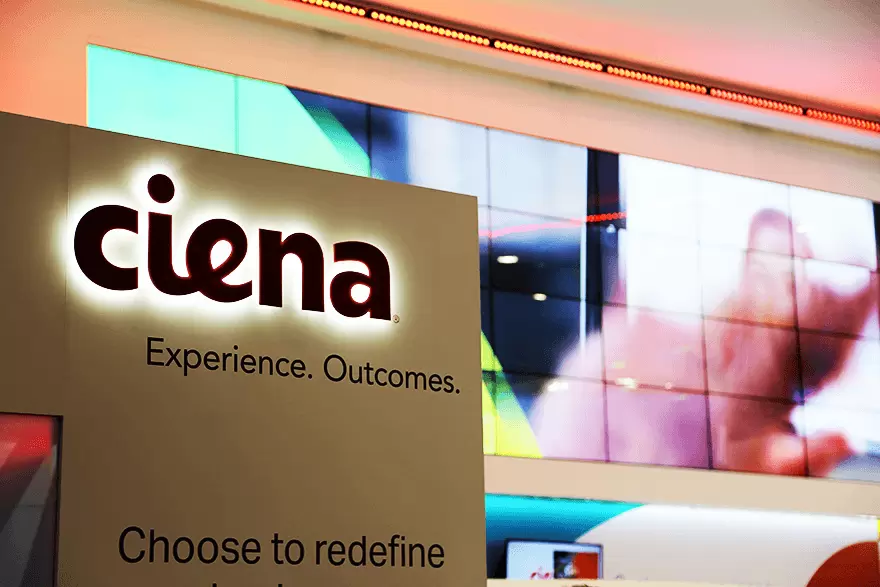Samsung Electronics will receive up to $6.4 billion in direct funding under the CHIPS and Science Act.
The proposed investment is expected to boost Samsung’s existing presence in Texas. This incluses two new leading-edge logic fabs, an R&D fab, and an advanced packaging facility in Taylor, as well as an expansion to their existing Austin facility. Samsung is expected to invest more than $40 billion dollars in the region in the coming years, and the proposed investment would support the creation of over 20,000 jobs.
Highlights:
- Taylor, Texas: Construct a comprehensive advanced manufacturing ecosystem, ranging from leading-edge logic to advanced packaging to R&D, transforming the small municipality of Taylor into an expansive hub of leading-edge semiconductor manufacturing. This ecosystem would include two leading-edge logic foundry fabs focused on mass production of 4nm and 2nm process technologies, an R&D fab dedicated to development and research on technology generations ahead of nodes currently in production, and an advanced packaging facility producing 3D High Bandwidth Memory and 2.5D packaging, both of which have critical artificial intelligence applications. The semiconductors that are designed and manufactured in this ecosystem would serve a wide variety of end markets – from communications, automotive, and defense industries to high-performance computing and artificial intelligence.
- Austin, Texas: Expand a facility that has been an economic engine for Central Texas for nearly 30 years. This proposed investment would expand the existing facilities to support the production of leading fully depleted silicon-on-insulator (FD-SOI) process technologies for critical U.S. industries, including aerospace, defense, and automotive. This proposed investment also includes commitments to collaborate with the U.S. Department of Defense.
Samsung has been manufacturing chips in the United States since 1996. The company said it is committed to strengthening U.S. economic and national security and increasing the resilience of both the U.S. and global semiconductor supply chains.
Samsung also notes that it has ongoing partnerships with Austin Community College, The University of Texas at Austin, Texas A&M University, Texas State Technical College, Temple College, Manor High School and Taylor High School — to train its future semiconductor workforce. The proposed CHIPS investment also includes up to $40 million in dedicated workforce funding.
“Semiconductor research and development is critical to building a robust and thriving semiconductor manufacturing industry in the United States,” said Under Secretary of Commerce for Standards and Technology and National Institute of Standards and Technology Director Laurie E. Locascio. “Samsung’s plans to build a cutting-edge R&D and advanced packaging facilities in Texas are shining examples of the types of R&D projects that will help build, and heavily contribute to, America’s chip manufacturing industry.”
“We’re not just expanding production facilities; we’re strengthening the local semiconductor ecosystem and positioning the U.S. as a global semiconductor manufacturing destination," said Kye Hyun Kyung, President and CEO of the Device Solutions (DS) Division at Samsung Electronics. "To meet the expected surge in demand from U.S. customers, for future products like AI chips, our fabs will be equipped for cutting-edge process technologies and help advance the security of the U.S. semiconductor supply chain.”
The U.S. Department of Commerce has received more than 630 statements of interest, more than 180 pre-applications and full applications for NOFO 1, and more than 160 small supplier concept plans for NOFO 2. The Department is continuing to conduct rigorous evaluation of applications to determine which projects will advance U.S. national and economic security, attract more private capital, and deliver other economic benefits to the country. The announcement with Samsung is the sixth PMT announcement the Department of Commerce has made under the CHIPS and Science Act, with additional PMT announcements expected to follow throughout 2024.
















